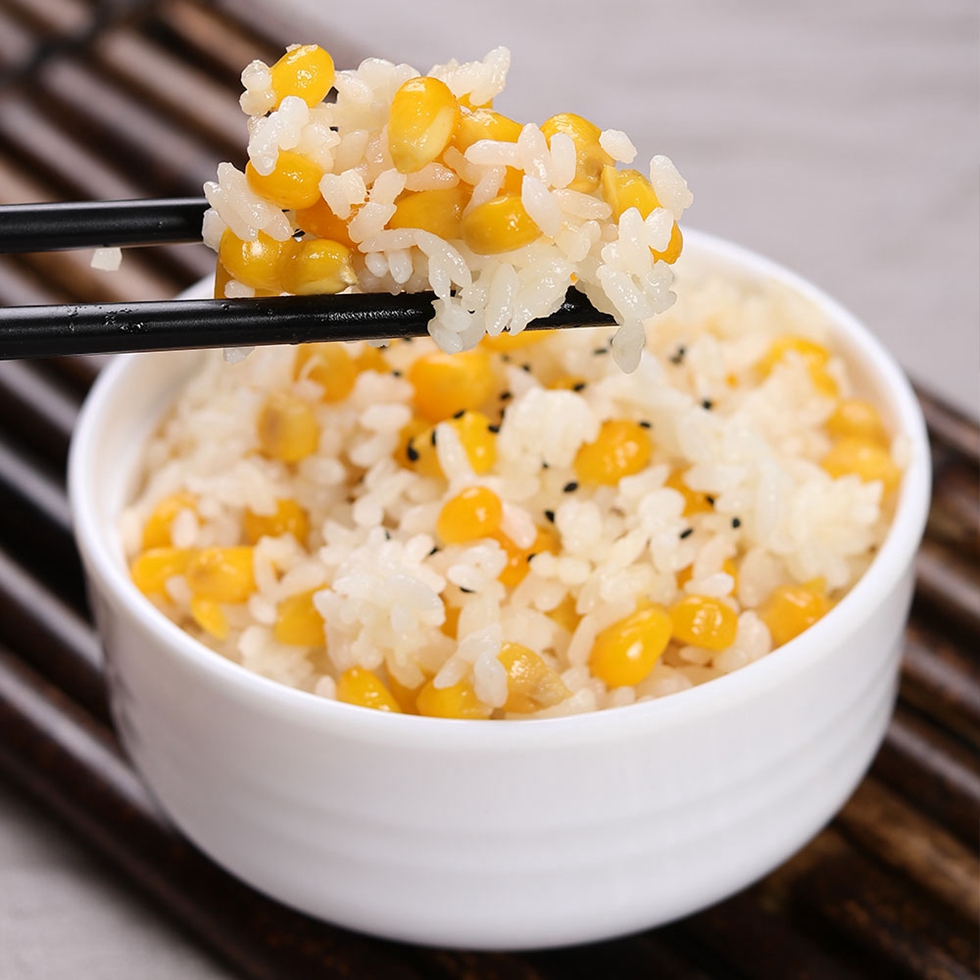Japan plans to carry out artificial platelet therapy for anemia clinical study
August 21, 2018 Source: Xinhuanet
Window._bd_share_config={ "common":{ "bdSnsKey":{ },"bdText":"","bdMini":"2","bdMiniList":false,"bdPic":"","bdStyle":" 0","bdSize":"16"},"share":{ }};with(document)0[(getElementsByTagName('head')[0]||body).appendChild(createElement('script')) .src='http://bdimg.share.baidu.com/static/api/js/share.js?v=89860593.js?cdnversion='+~(-new Date()/36e5)];Xinhua News Agency Kyoto University of Japan plans to use a platelet made of induced pluripotent stem cells (iPS cells) to conduct a clinical study for the treatment of aplastic anemia. The relevant application has been submitted to the Japanese government for approval.
Platelets are a large number of seedless discoid cells that are present in the blood and play an important role in hemostasis and wound healing. At present, the source of platelets depends on blood donation, which is affected by factors such as insufficient donors and shelf life. Aplastic anemia is a refractory disease with thrombocytopenia and easy bleeding.
Comprehensive Japanese media reported on August 20 that the iPS Cell Research Institute of Kyoto University has been able to use platelets that have been induced to multiply pluripotent stem cells to achieve clinical application quality. Now the researchers plan to infuse a patient with aplastic anemia by himself. Inducing platelets made of pluripotent stem cells to reduce rejection and improve the condition.
The researchers hope to confirm the function and safety of artificial platelets made of iPS cells through human clinical studies.
This clinical research program has passed the internal review of Kyoto University and is currently awaiting approval from the Ministry of Health, Labor and Welfare of Japan.
Induced pluripotent stem cells are stem cells that are "reprogrammed" by adult cells and have similar differentiation potential to embryonic stem cells. In Japan, induced pluripotent stem cell technology has been applied to clinical treatment of eye diseases, and clinical studies of diseases such as Parkinson's disease and heart disease have also been approved.
Chinese Journal of Science (2018-08-21 2nd Edition International)
The most common waxy and sweet corn market, waxy corn has higher nutrient content than ordinary corn, containing 70-75% starch (and almost all amylose), more than 10% protein, 4-5% fat and 2 % Of multivitamins have more grains, VA, VB1, and VB2 than rice with the highest content of protein, fat and VB2. Yellow corn also contains carotenoids, such as rice and wheat. The molecular weight of waxy corn starch is more than 10 times smaller than that of ordinary corn. The starch makes glutinous rice sticky and softer than ordinary hard corn. Its digestibility is more than 20% higher than that of ordinary corn, and it is suitable for people with irregular teeth. At the same time, the content of amylose (a kind of polysaccharide) is very high, which is not suitable for diabetics.
Waxy corn is also called sticky corn. The grains have rough, waxy endosperm, similar to shiny, transparent grains, such as hard and dented corn. Its chemical and physical properties are controlled by a recessive gene located on chromosome 9. 100% of the starch in the endosperm is amylose.


Waxy Corn Kernels,Yellow Corn Kernels,Non Gmo Corn Kernels,Yellow Waxy Corn Kernels
Jilin Province Argricultural Sister-in-law Food Co., Ltd. , https://www.nongsaocorn.com